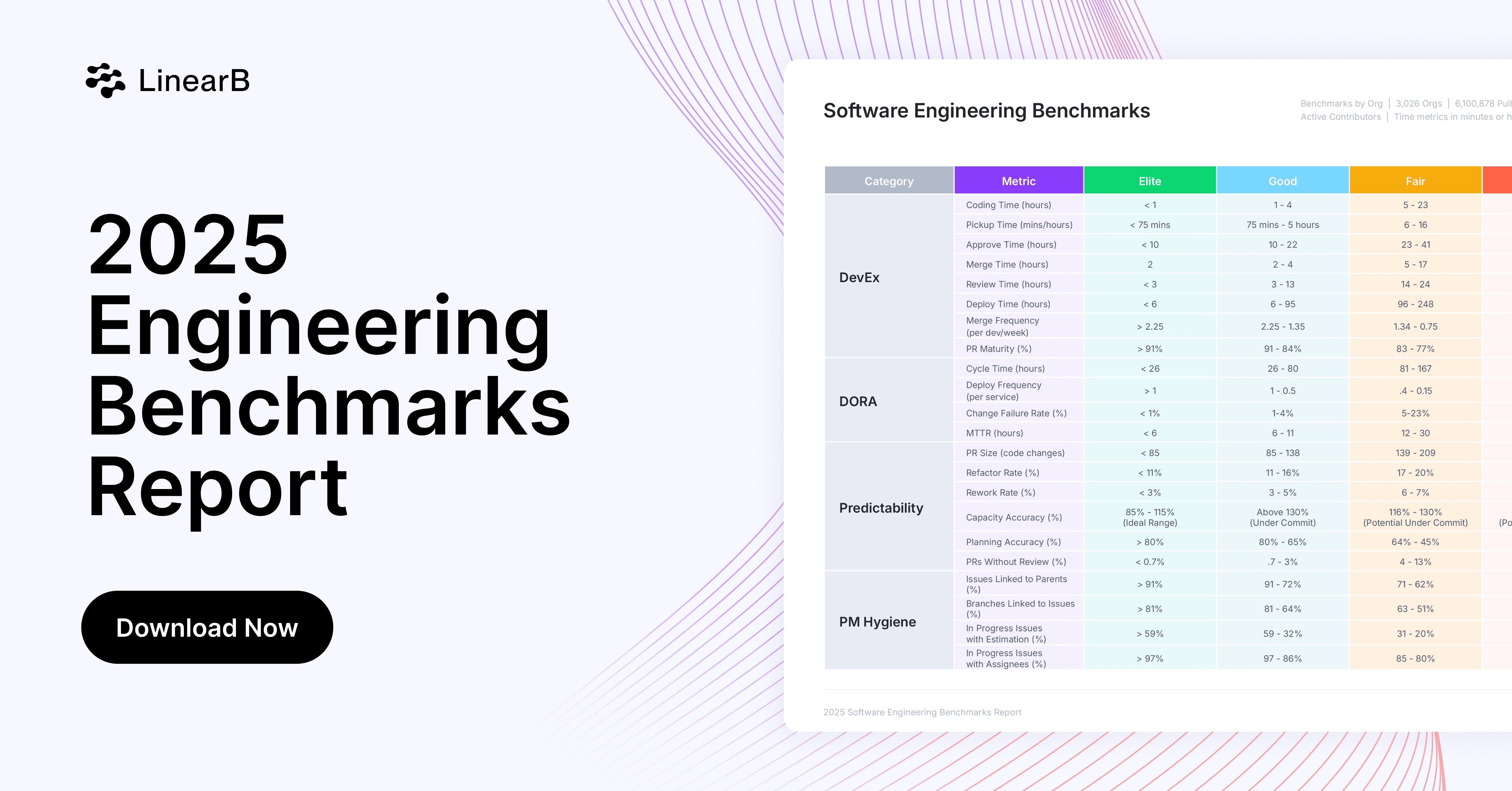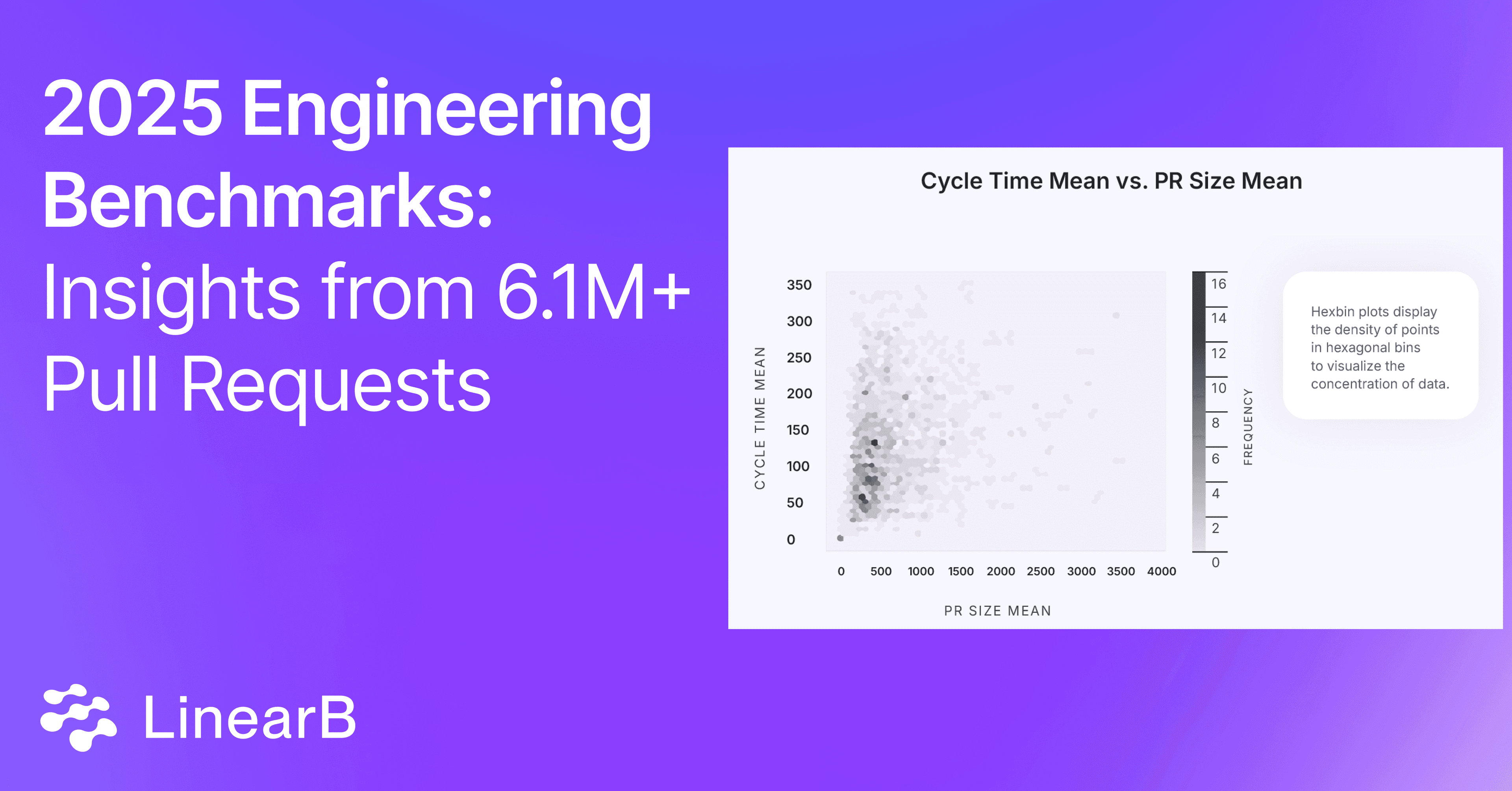The 2025 Engineering Benchmarks Workshop brought together thought leaders from MongoDB, CircleCI, and LinearB to discuss key trends shaping software development, with a focus on improving team performance, aligning processes with business goals, and leveraging data-driven insights to accelerate delivery cycles. With over 6.1 million pull requests analyzed across 3,000 teams, this year’s benchmark report highlights actionable insights that help engineering leaders improve team performance and delivery predictability.
The conversation featured Tara Hernandez, VP of Developer Productivity at MongoDB, Rob Zuber, CTO of CircleCI, and Yishai Beeri, LinearB CTO, who shared their perspectives on pull request (PR) size, project management hygiene, and continuous deployment. Here, we’ll explore these insights and how they align with the 2025 Software Engineering Benchmarks Report.
Why PR Size Drives Engineering Velocity
In our 2025 Benchmarks research, a major focus was correlating data to find insights into the PR lifecycle. One of the key takeaways we found was that PR Size is the most significant driver of engineering velocity. Smaller PRs with fewer lines of code are easier to review, less risky to merge, and contribute to faster cycle times. Larger PRs, in contrast, often require more in-depth scrutiny, delaying approval and increasing the likelihood of errors.
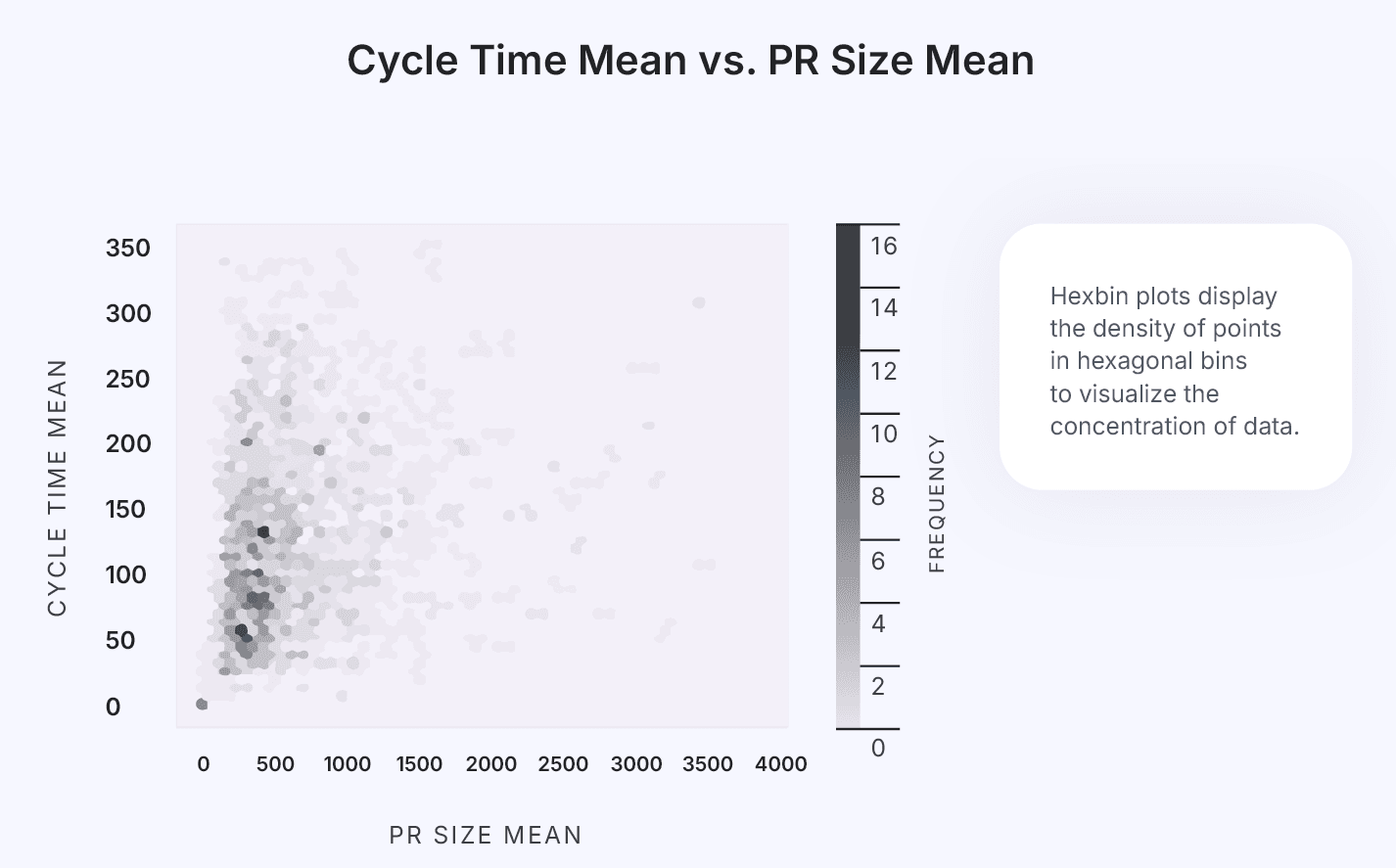
As Tara Hernandez noted, "Supremely large PRs mean you probably didn’t break down the work. The takeaway is that it's a coaching opportunity for whoever produced that PR. In some team cases, I'm wondering if the correct response is to actually cancel that PR and say, 'Go back, try again, break it up,' as opposed to now someone is going to take a week to slug through this thousand file change."
This problem can create a cyclical issue: large PRs delay reviewers, and as Rob Zuber explained, "If I know no one’s going to touch my PR for three days, I might as well keep adding to it." This incremental addition during delays exacerbates the problem, leading to prolonged review times and compounding delays.
To improve team velocity, both speakers recommended adopting practices like:
- Breaking work into smaller, manageable pieces.
- Using automation to route PRs to the most relevant reviewers.
- Encouraging upfront planning to streamline the review process.
The Balance Between Developer Productivity and Experience
PR maturity, a new metric in the 2025 Benchmarks Report, measures how well-prepared a PR is when submitted for review. Higher PR maturity correlates with faster merges and higher team velocity.
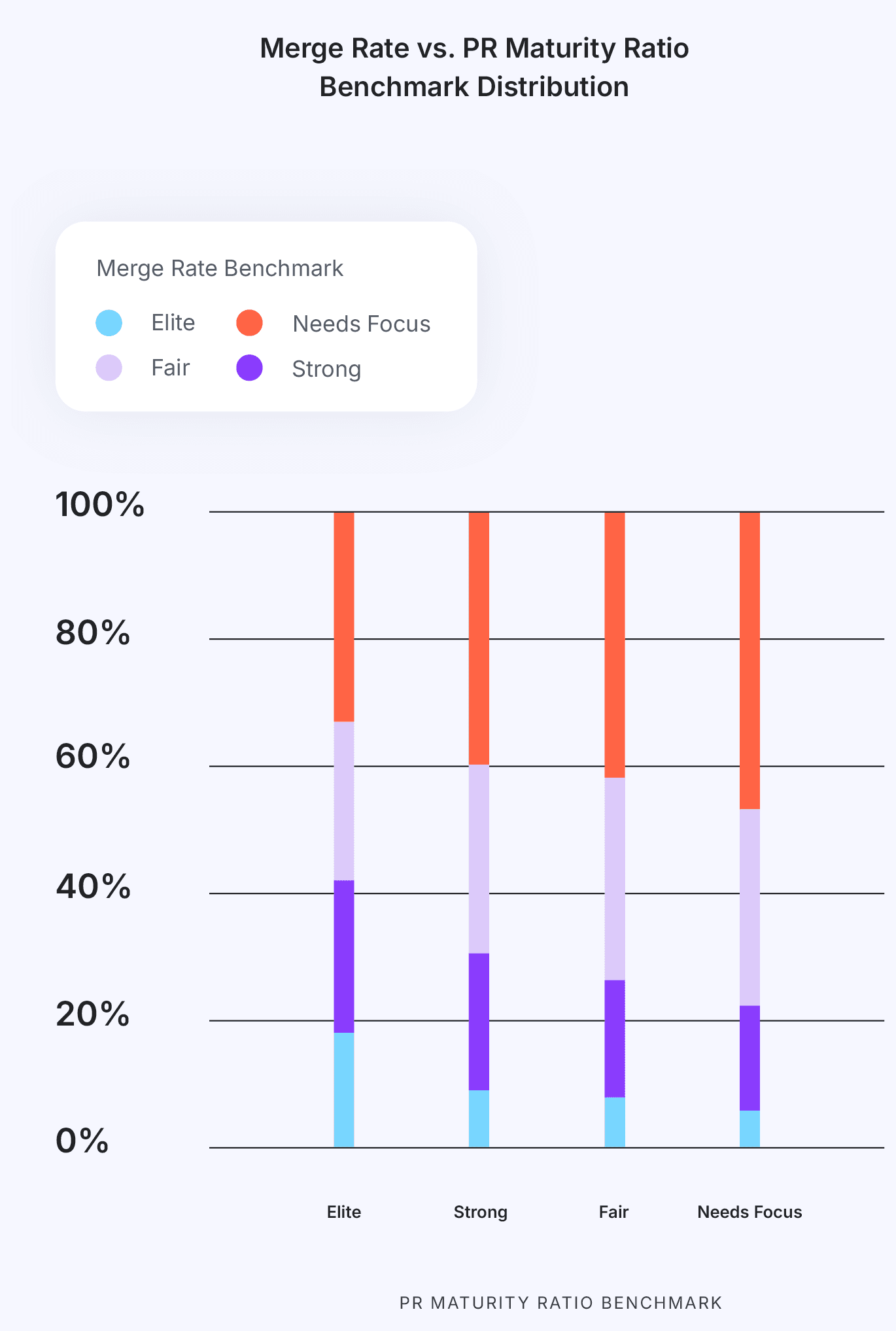
As Tara Hernandez explained, "If your PRs are pristine and get merged exactly as they were created, something’s wrong with the review process."
Rob Zuber added that the key to optimizing PR maturity lies in shared understanding and collaboration: "One of my favorite practices is putting up a sketch PR to gather feedback early, avoiding rework later." This approach encourages teams to balance productivity with long-term maintainability.
To achieve this balance, engineering leaders can:
- Foster high-trust environments where teams prioritize context-sharing.
- Use draft PRs or technical design documents to align reviewers before coding begins.
- Incorporate tools and workflows that reduce the burden of context switching.
Project Management Hygiene: Short-Term Speed vs. Long-Term Stability
Poor project management (PM) hygiene—such as unlinked branches and tasks without clear ownership—can lead to faster cycles but risks long-term technical debt. The report shows that teams with lower PM hygiene often have shorter coding and merge times, but this speed can come at the cost of misaligned work and reduced quality.
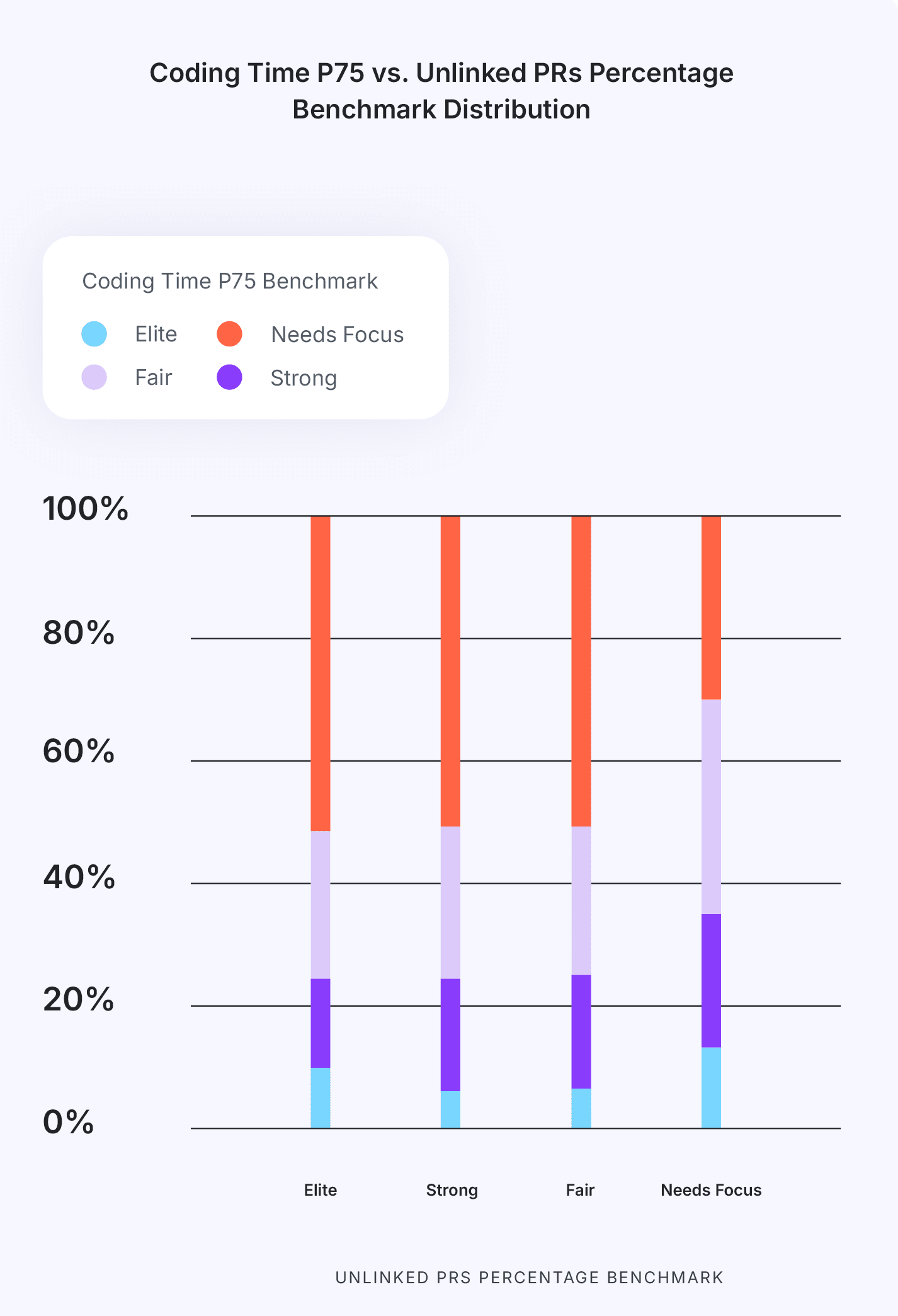
"Too much process will always slow things down, but too little structure can create chaos," said Tara Hernandez. Rob Zuber expanded on this, highlighting how high-performing teams strike a balance: "In a super high-trust environment, people might skip tickets for small fixes, but over time, you need visibility to ensure alignment with business goals."
Key takeaways for improving PM hygiene include:
- Linking branches to issues for better traceability.
- Automating hygiene checks to reduce manual effort.
- Regularly reviewing processes to ensure they align with team growth and organizational goals.
Faster Deployments and Lower Change Failure Rates: The Case for Continuous Deployment
One of the report’s most compelling insights is the correlation between faster cycle times and lower change failure rates. Teams that deploy frequently and in smaller increments tend to have more stable systems.
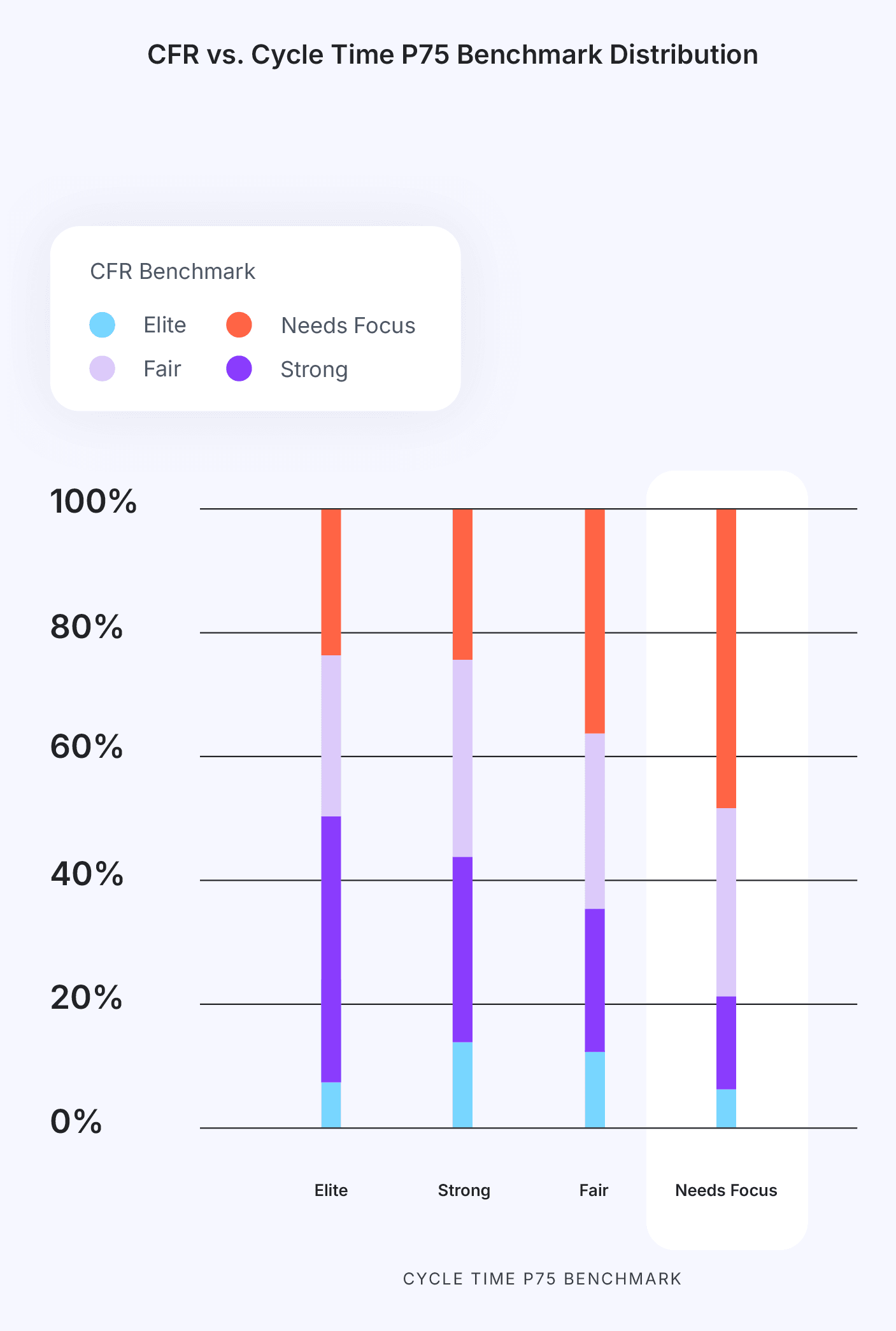
Yishai Beeri likened this to riding a bike: "If you go too slowly, you’re more likely to fall over. Being able to change things fast and doing that all the time actually gets your production and your uptime to a better place."
Tara Hernandez shared a real-world example from her experience at a previous company, where the backend team transitioned from quarterly to daily deployments. "We started with just 60 tests and were failing almost every deploy," she explained. Over time, they scaled up to 2,500 tests and implemented robust monitoring, enabling reliable daily and even multiple daily deployments. The process highlighted the importance of building confidence through testing and cultural alignment within teams.
To embrace continuous deployment, engineering leaders should:
- Build robust automated testing frameworks to catch issues early.
- Adopt feature flags and progressive delivery practices to minimize risk.
- Encourage cultural shifts that prioritize frequent, small deployments.
How to Leverage These Insights to Improve Developer Productivity
The 2025 Engineering Benchmarks Report and insights from the workshop underscore the importance of data-driven decision-making in software development. To implement these insights, engineering leaders can focus on creating smaller, more manageable PRs, establish better traceability through linking branches to issues, and use automation to streamline workflows. Additionally, fostering a high-trust environment and adopting continuous deployment practices with robust testing can help teams achieve faster cycles and reduced failure rates. By focusing on smaller PRs, improving PM hygiene, balancing productivity with developer experience, and embracing continuous deployment, engineering leaders can drive significant improvements in team performance.
For a deeper dive into these insights, download the full 2025 Benchmarks Report or schedule a demo of LinearB’s SEI platform to see how it can transform your engineering operations.
